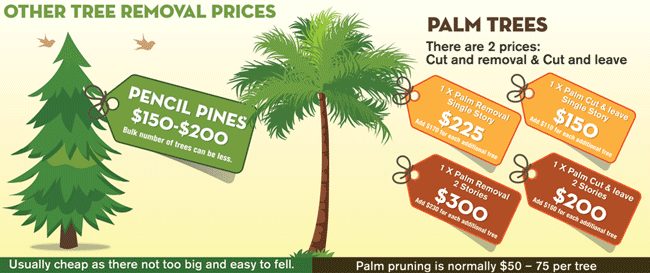Watch For Key Indicators That Suggest Your Tree Could Pose A Danger; Being Aware Of These Can Shield Your Home And Family.What Should You Keep Track Of Next?
Watch For Key Indicators That Suggest Your Tree Could Pose A Danger; Being Aware Of These Can Shield Your Home And Family.What Should You Keep Track Of Next?
Blog Article
Article Writer-Velling Skovsgaard
When it pertains to tree treatment, acknowledging the signs that it's time for elimination is important for your safety and building. You might see discolored fallen leaves, wilting branches, or weird fungal developments showing health issue. Structural concerns, like a considerable lean or splits in the trunk, can additionally posture dangers. Comprehending these warning signs can help you make informed choices regarding your trees and protect against possible risks lurking in your yard. What should you try to find following?
Signs of Degeneration and Condition
When you notice indications of degeneration and disease in your trees, it's critical to act rapidly. Try to find discolored fallen https://www.journalinquirer.com/business/eversource-contacts-tree-owners-via-technology/article_5af0339a-8bbf-11ea-8c0c-0357135824e1.html , wilting branches, or uncommon growths like fungus. These can show that your tree is having a hard time.
If you see splits in the bark or soft, mushy wood, these signs and symptoms suggest internal degeneration. Additionally, an unexpected rise in parasites around your tree can indicate that it's compromised and prone.
Look for Trimming Crepe Myrtle Tree of dead or passing away arm or legs, as they present a threat to your property and safety and security. If you're uncertain about what you see, speaking with an arborist can offer clarity.
Dealing with these indications early can save you from a lot more considerable damages and guarantee the wellness of your backyard. Don't wait up until it's too late.
Structural Instability and Leaning
As you observe your trees, keep an eye out for any signs of structural instability or leaning. If a tree leans significantly, it might show that the root system is endangered.
Look for any cracks in the trunk or soil around the base; these can indicate potential failing. In addition, check for unusual growth patterns, like an unbalanced crown, which might recommend that the tree is struggling to hold itself upright.
If you discover that the tree leans toward your home, power lines, or various other frameworks, it postures a higher danger. Don't disregard these signs-- seek advice from an arborist to analyze the situation.
Taking action early can avoid expensive damages and guarantee your security.
Dead or Dying Branches and Foliage
If you observe dead or dying branches and foliage on your tree, it's a clear indication that something's wrong.
These undesirable locations can suggest underlying issues like illness, bug invasions, or environmental stress. When branches lose their leaves or transform brownish, they're no more contributing to the tree's health and wellness. Neglecting these signs could bring about additional decline, making your tree a lot more unsafe.
Dead branches can quickly break short throughout tornados, posing a danger to residential property and individuals close by. It's important to examine the level of the damages.
If the issue impacts a considerable part of the tree, consider seeking advice from an expert. They can help establish if removal is needed to make certain safety and security and maintain the appeal of your landscape.
Verdict
If you notice any kind of indicators of decay, architectural instability, or dead branches on your trees, don't neglect them. These indicators can posture significant safety and security dangers to you and your home. It's always best to get in touch with a specialist arborist who can provide a professional analysis of your trees. Taking action early can prevent mishaps and pricey damage, ensuring your landscape stays secure and healthy. Keep in mind, it's far better to be aggressive regarding tree treatment than to await a disaster to happen.
